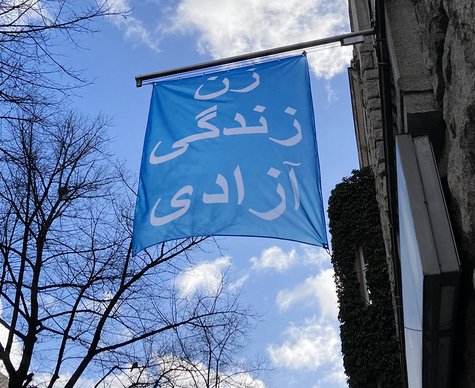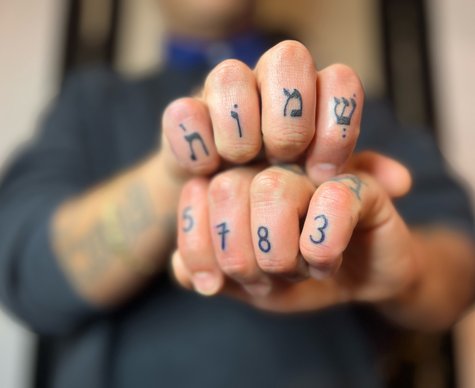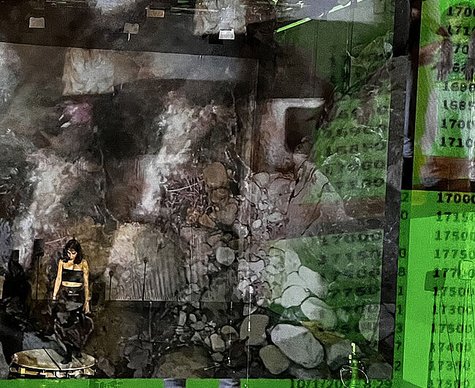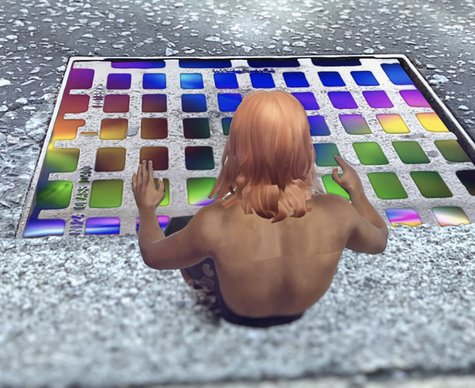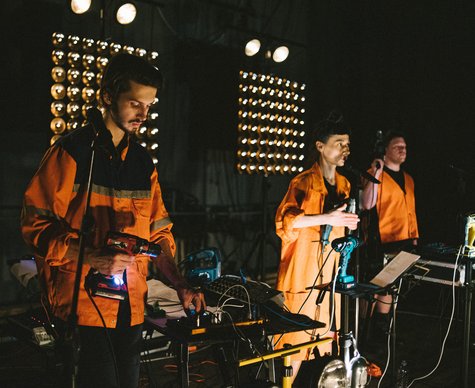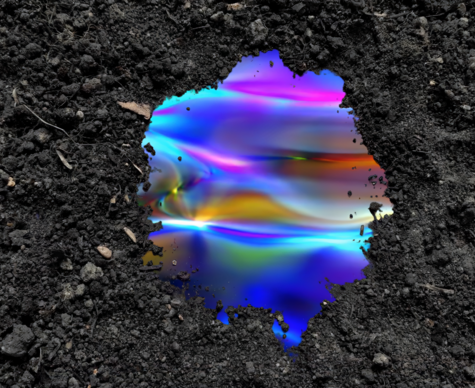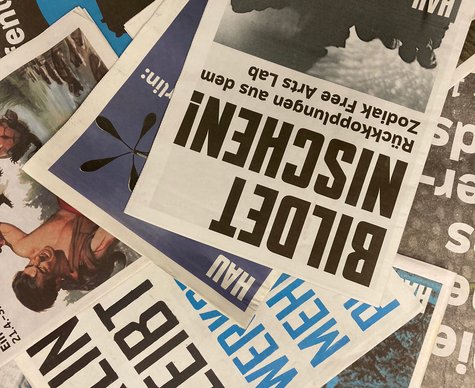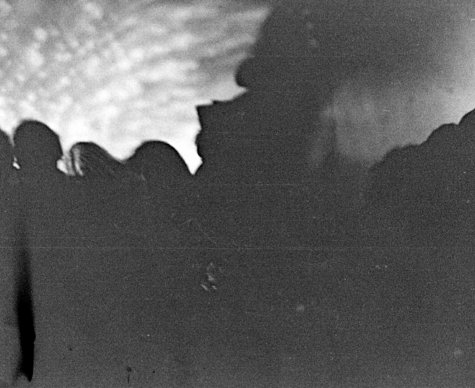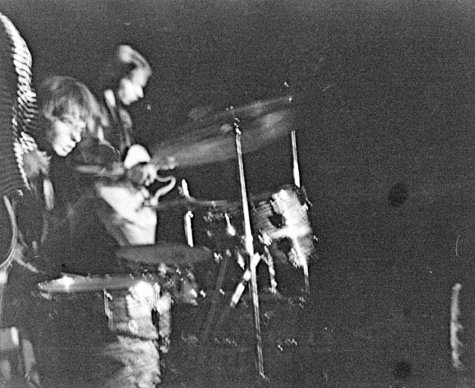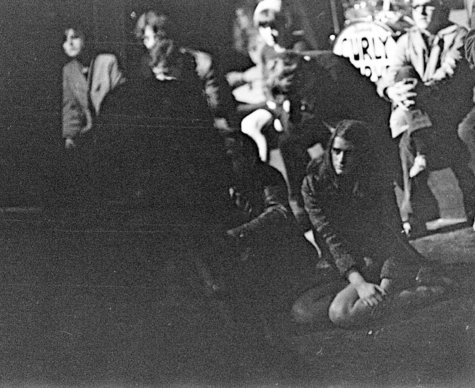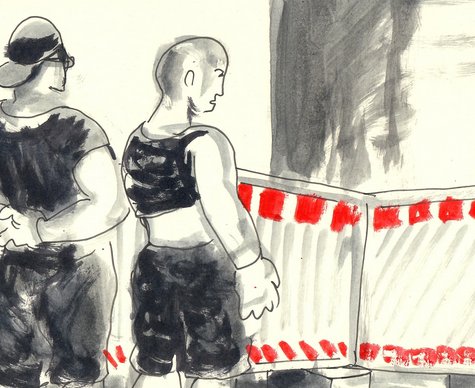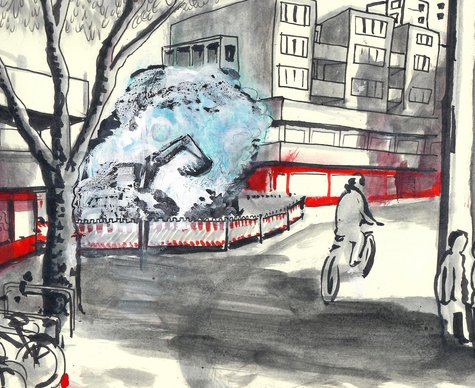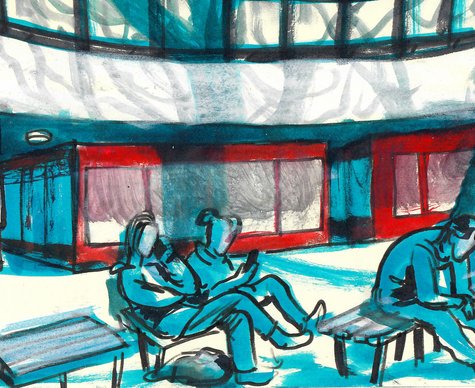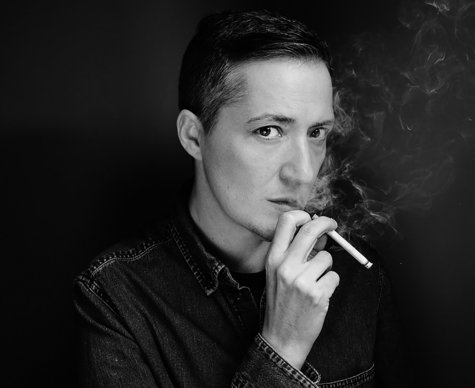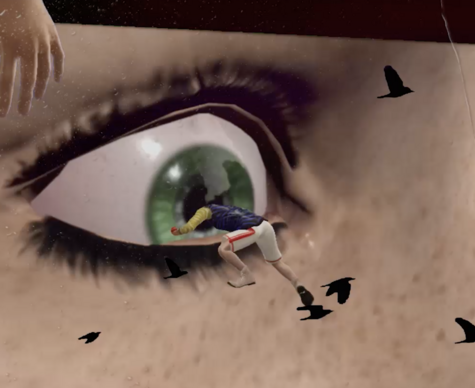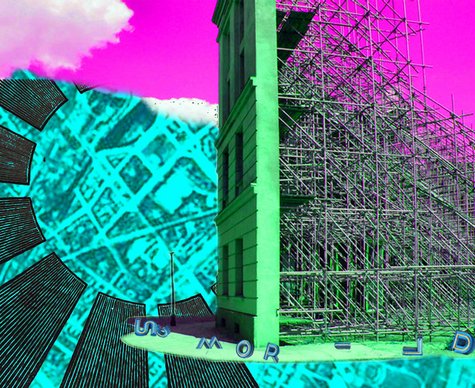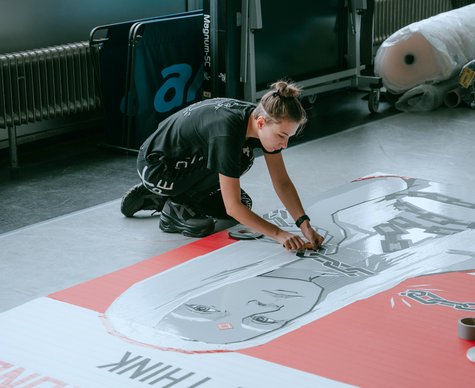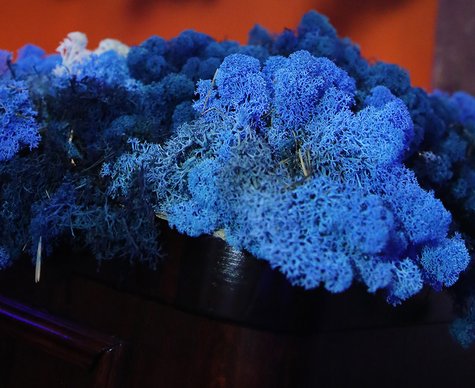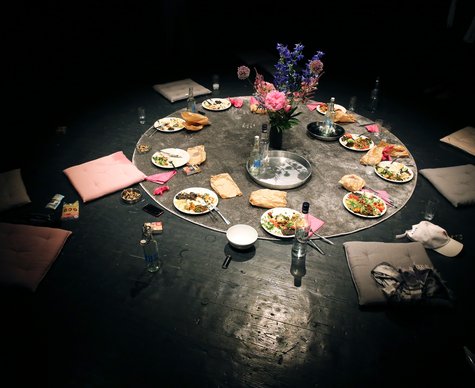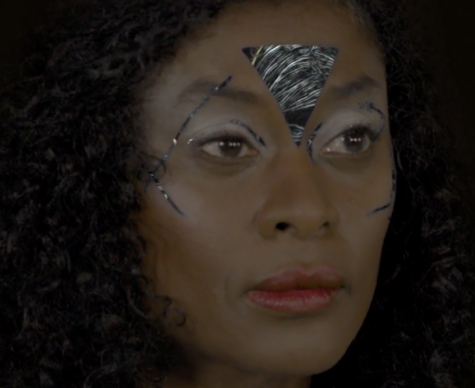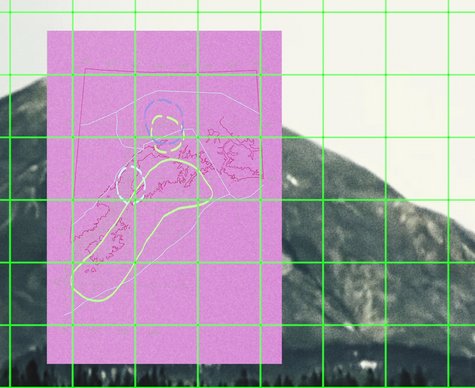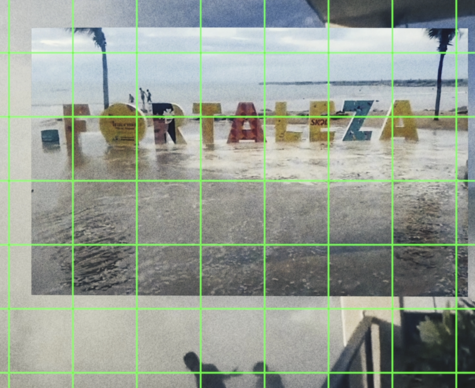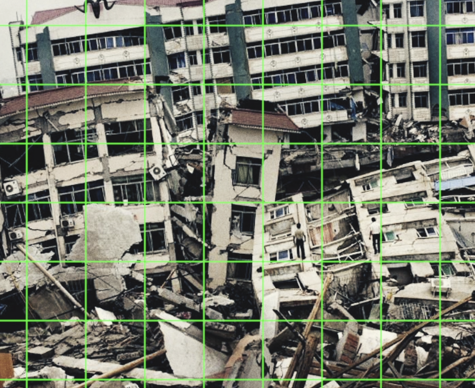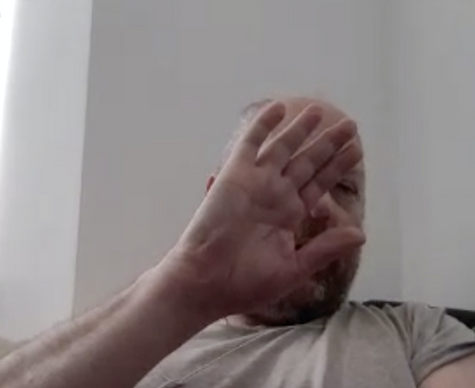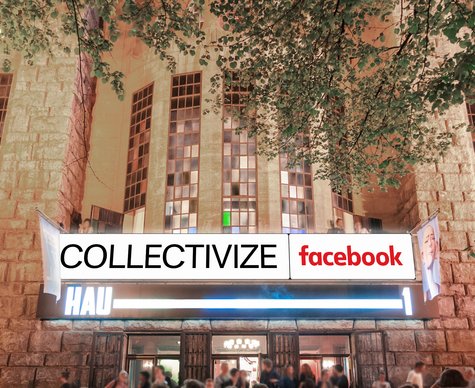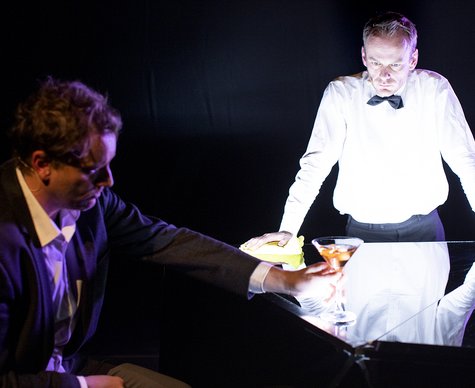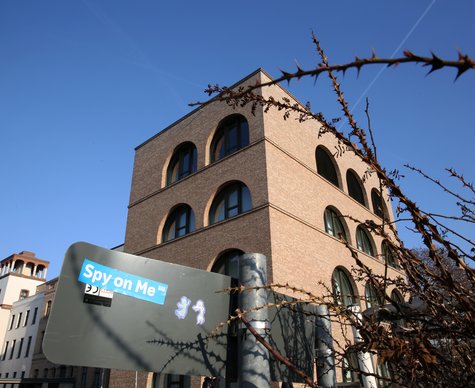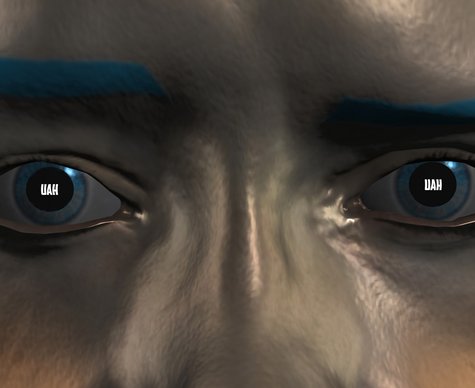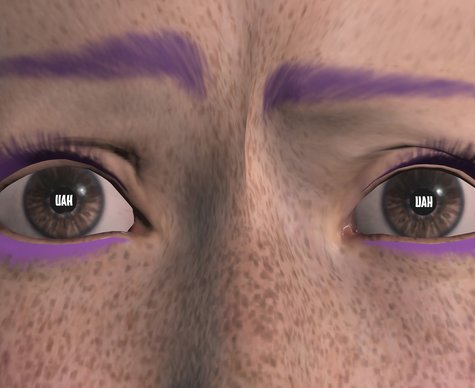Nina Fischer & Maroan El Sani
I live in Fear – Record of a Living Being After March 11
In conversation: Toshiki Okada, Nina Fischer and Maroan El Sani / Moderation: Elke Buhr
Late-Night: Akira Kurosawa, Ikimono no kiroku (1955)
- Dialogue
For this recent work by the artist duo, which was commissioned by the Aichi Triennale in 2013, Nina Fischer and Maroan el Sani invited actors, people who had had to leave their home as a result of the nuclear accident and inhabitants of the prefecture of Aichi to a screening of Akira Kurosawa's 1955 film classic “I Live in Fear”. The intention was to re-evaluate Kurosawa's film, which thematises the fear of the nuclear threat in Japan after nuclear weapons testing, such as had taken place one year before at Bikini Atoll. After the film screening there was a discussion and improvisation workshop, recorded in this documentary film. Fear and insecurities – not least a result of the confusing state of information after the accident at the Fukushima Daiichi Nuclear Power Plant – come to the fore here. The director Toshiki Okada was also among the participants. He relocated to the island of Kysushu in western Japan after the catastrophe in order to get as far away as possible from the zone affected by the ruins of the nuclear power plant.
Akira Kurosawa
Ikimono no kiroku / I Live in Fear
Fiction film, Japan 1955, 103 min.
Japanese with German subtitles
Foundry owner Kiichi Nakajima is plagued by anxiety attacks because he believes that a nuclear catastrophe is imminent. To escape it, he wants to sell his factory and immigrate to Brazil with his family. But the family is unsympathetic to his fears, and instead tries to have him legally ruled incompetent. In the blazing heat of summer, Kiichi's trial tests the nerves of everyone involved. The backdrop of the film is the USA's atomic bomb testing on Bikini Atoll in the spring of 1954, which had also exposed a Japanese fishing boat to radiation and had cost one sailor his life. In light of the atomic bomb attacks on Hiroshima and Nagasaki only a few years beforehand, the Japanese public reacted indignantly to the tests. They triggered an anti-nuclear movement in Japan, which later grew into one of the largest protest movements of the post-war period.
Part of "Japan Syndrome - Art and Politics after Fukushima"
Dates
Location
HAU1
Stresemannstr. 29, 10963 BerlinThere are two marked parking spots in front of the building. Access to the Parkett by means of a separate entrance with lift when necessary. Barrier-free restroom facilities are available. Tickets for wheelchair users and accompanying persons can be booked via the ticketing system. If you need any help, please contact our Ticketing & Service team at +49 (0)30 259004-27 or send us an email totickets@hebbel-am-ufer.de.
